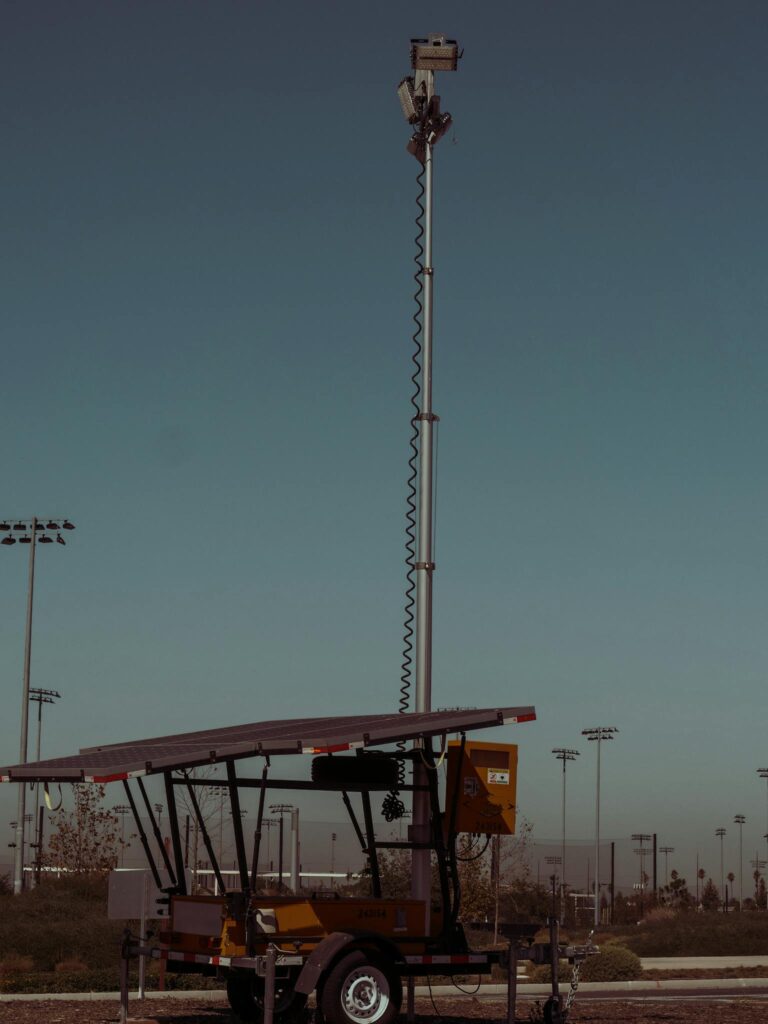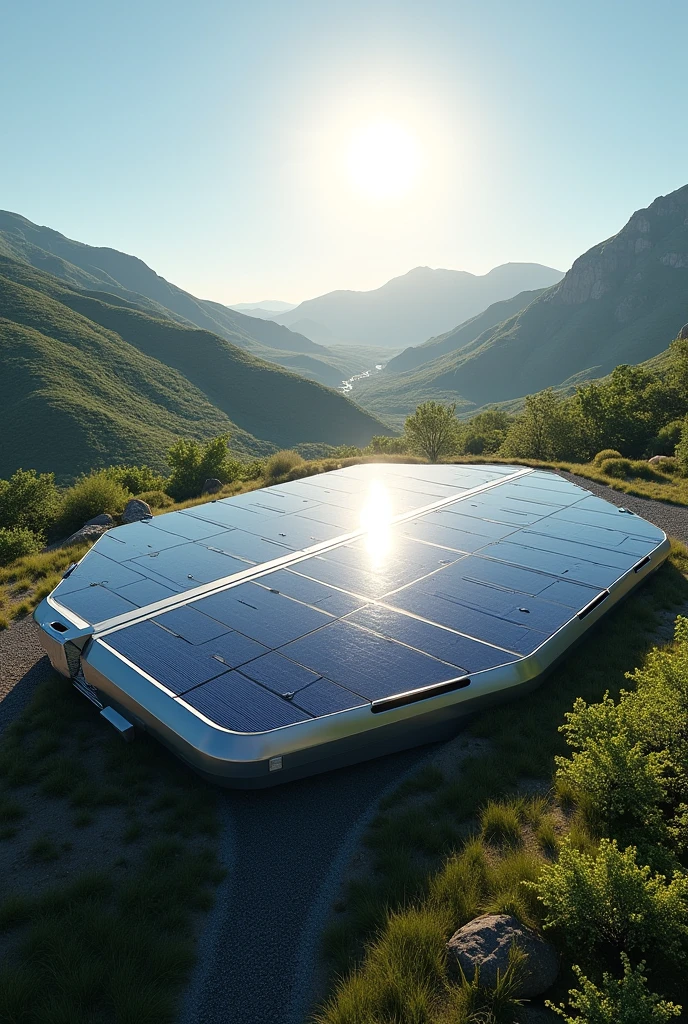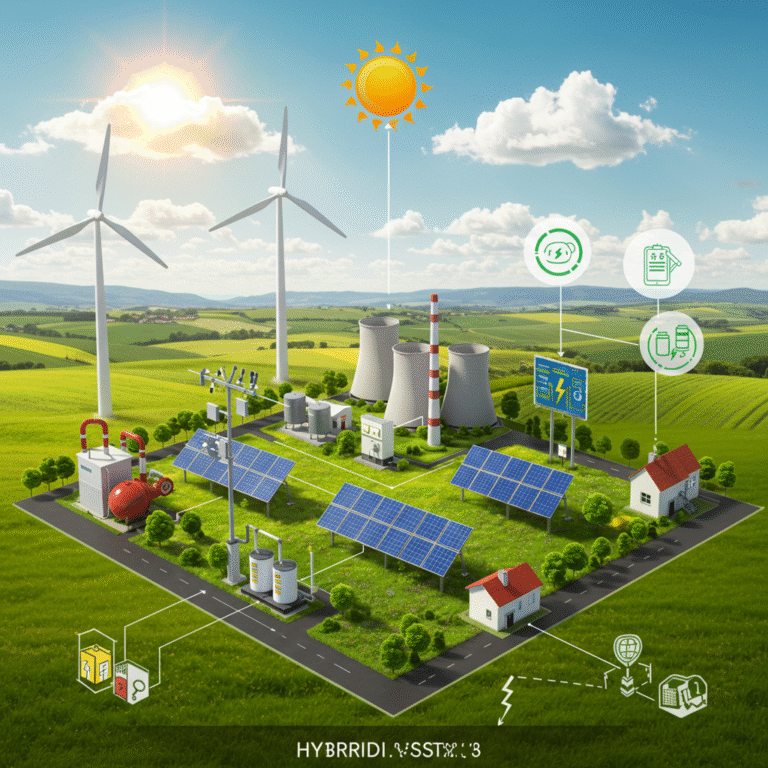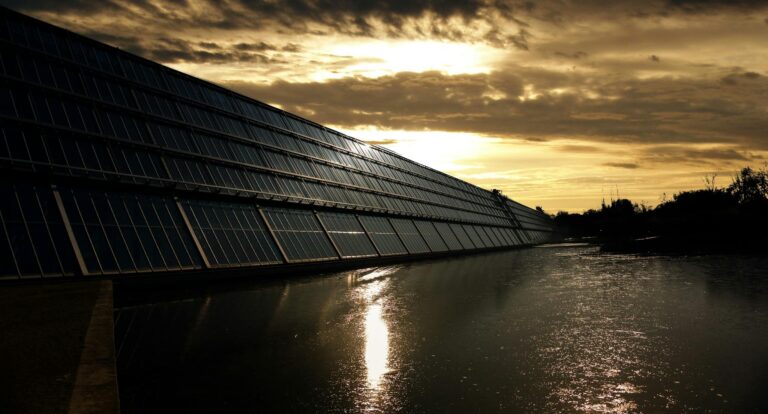Introduction
As the demand for clean energy continues to rise, homeowners and businesses alike are turning to solar panels as a sustainable and cost-effective energy solution. But with various types available, one key question often arises: Monocrystalline vs. Polycrystalline solar panels — which is better?
In this article, we’ll explore the differences, pros, cons, costs, efficiency, aesthetics, and ideal usage scenarios for both types of solar panels. This guide will help you make an informed decision when investing in solar energy.
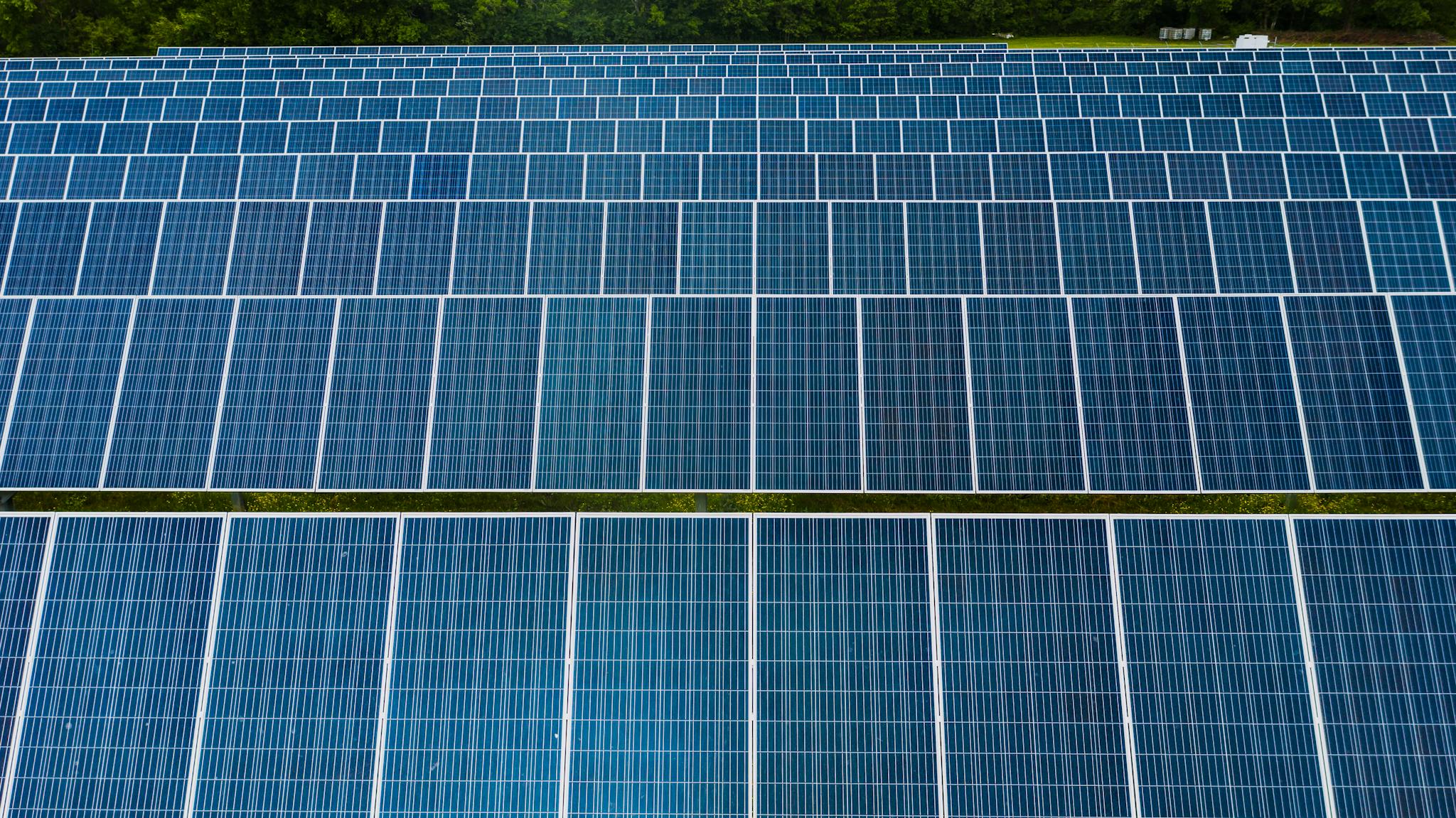
What Are Monocrystalline Solar Panels?
Monocrystalline solar panels (often called mono panels) are made from a single continuous crystal structure. This type of panel is produced using the Czochralski method, where pure silicon is formed into a cylindrical ingot and then sliced into thin wafers.
Key Characteristics of Monocrystalline Panels:
- Color: Uniform black color.
- Shape: Typically have rounded edges due to the cylindrical shaping process.
- Efficiency: High — ranges from 18% to 22%.
- Cost: Higher than polycrystalline panels.
- Longevity: 25 years or more with minimal degradation.
What Are Polycrystalline Solar Panels?
Polycrystalline solar panels (also known as multi-crystalline or poly panels) are made by melting multiple silicon crystals together. They are then molded into square-shaped ingots and cut into wafers.
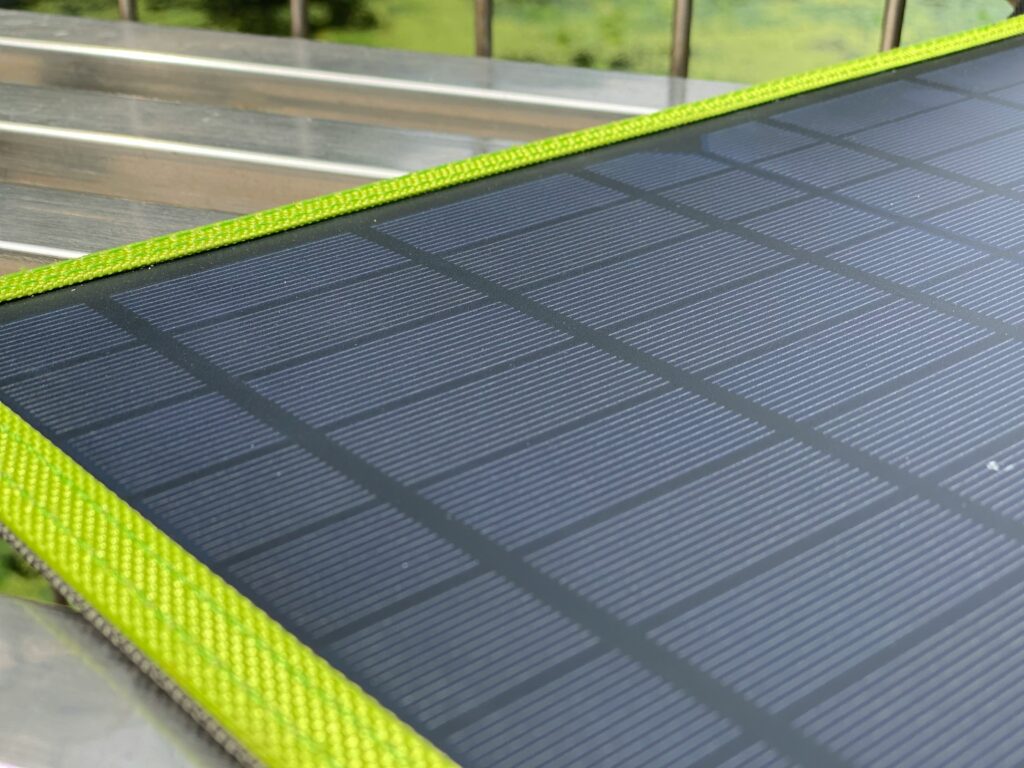
Key Characteristics of Polycrystalline Panels:
- Color: Blue with a speckled appearance.
- Shape: Square cells, with no rounded edges.
- Efficiency: Slightly lower — ranges from 15% to 17%.
- Cost: Lower upfront cost compared to monocrystalline.
- Lifespan: Around 25 years, similar to mono panels, though they may degrade slightly faster.
Monocrystalline vs. Polycrystalline: Key Differences
| Feature | Monocrystalline | Polycrystalline |
|---|---|---|
| Material Purity | High-purity silicon | Lower-purity silicon |
| Appearance | Black, sleek | Blue, speckled |
| Efficiency | 18–22% | 15–17% |
| Space Efficiency | Requires less space | Requires more space |
| Temperature Tolerance | Performs better in heat | Slightly less efficient in heat |
| Lifespan | 25–30 years | 20–25 years |
| Cost | Higher | Lower |
Which Is More Efficient?
Monocrystalline panels are more efficient due to the purity of the silicon used. They generate more electricity per square meter, making them ideal for installations with limited roof space.
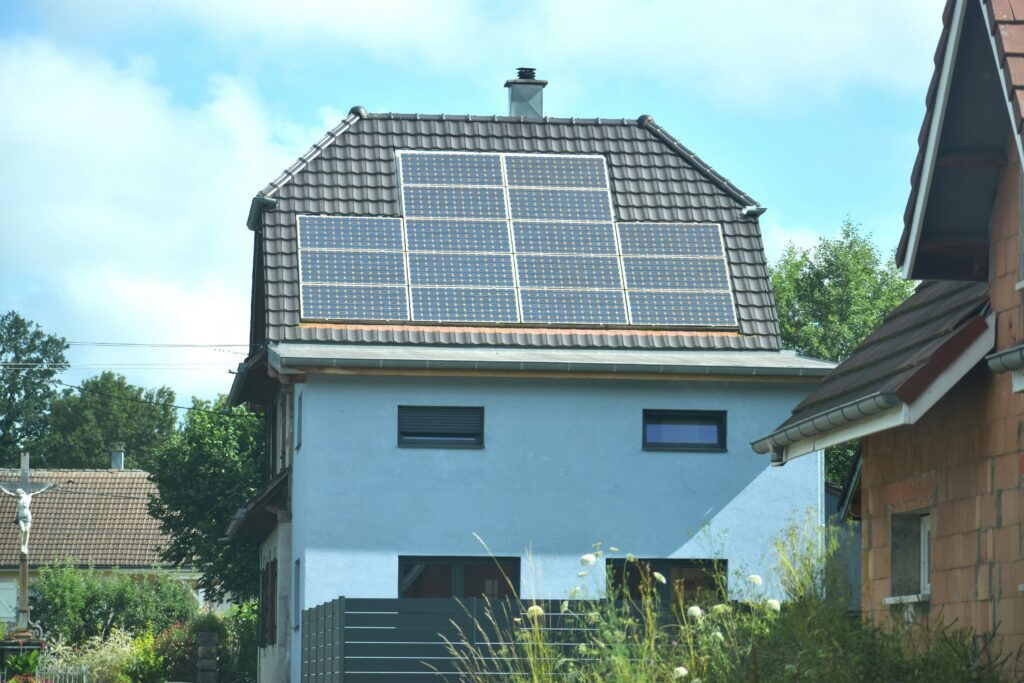
Polycrystalline panels are less efficient but can be a good fit for larger installations where space isn’t a constraint and budget is a concern.
Which Is More Cost-Effective?
If you evaluate cost per watt, polycrystalline panels usually win due to their lower initial investment. However, monocrystalline panels may offer better long-term ROI because of their higher efficiency and durability.
Consider this scenario:
- You have limited roof space → Monocrystalline is more suitable.
- You have ample roof or land space and need a budget-friendly solution → Polycrystalline may be the better option.
Performance in Different Climates
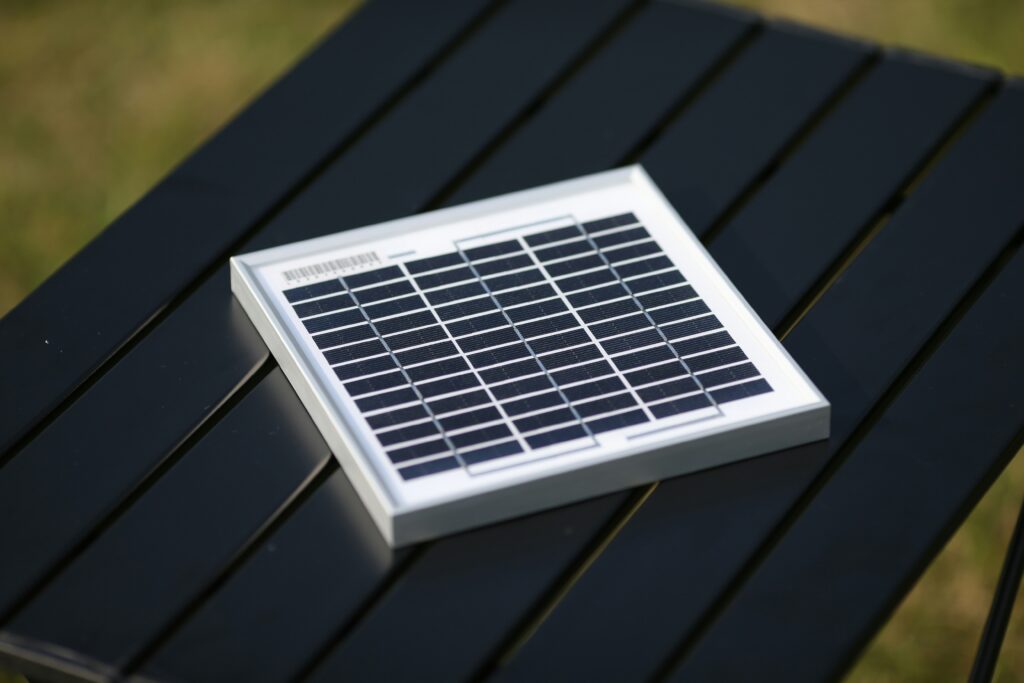
Heat Tolerance:
- Monocrystalline panels perform slightly better in high temperatures due to lower temperature coefficient values.
Low Light Conditions:
- Monocrystalline panels also outperform polycrystalline in low-light or overcast environments.
If you live in a region with extreme climates or inconsistent sunlight, monocrystalline panels offer a more reliable performance.
Durability and Lifespan
Both panel types have a lifespan of 25+ years, with proper maintenance. However, monocrystalline panels tend to degrade at a slower rate, retaining more efficiency over time.
Most manufacturers offer 25-year performance warranties for both types.
Aesthetics: Which Looks Better?
Monocrystalline panels are considered more visually appealing due to their uniform black color. They blend well with modern rooftops, especially in residential installations.
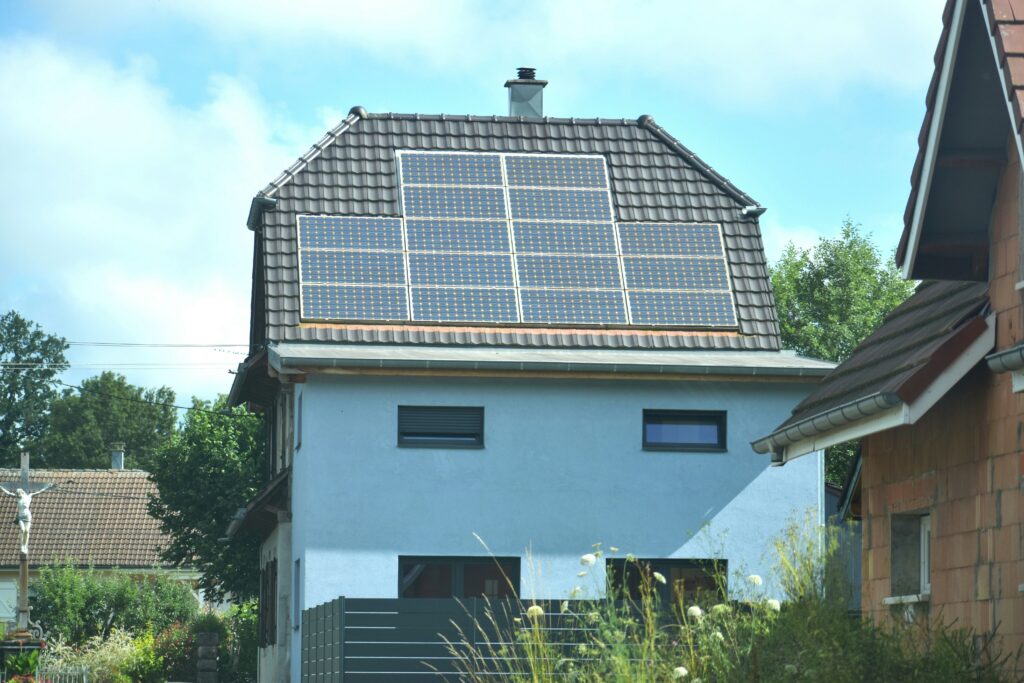
Polycrystalline panels, with their blue, fragmented look, may not be as sleek but are perfectly functional.
Environmental Impact
Both panels use silicon, a non-toxic material. However, monocrystalline panels generate more waste during the manufacturing process due to the slicing of cylindrical ingots.
Polycrystalline panels are more environmentally friendly during production but require more space to generate the same amount of electricity, which could offset their green advantages in certain cases.
Market Trends and Availability
In recent years, monocrystalline panels have become more affordable thanks to advancements in manufacturing. Many modern solar farms and rooftop installations now prefer monocrystalline panels for their superior output and compact design.
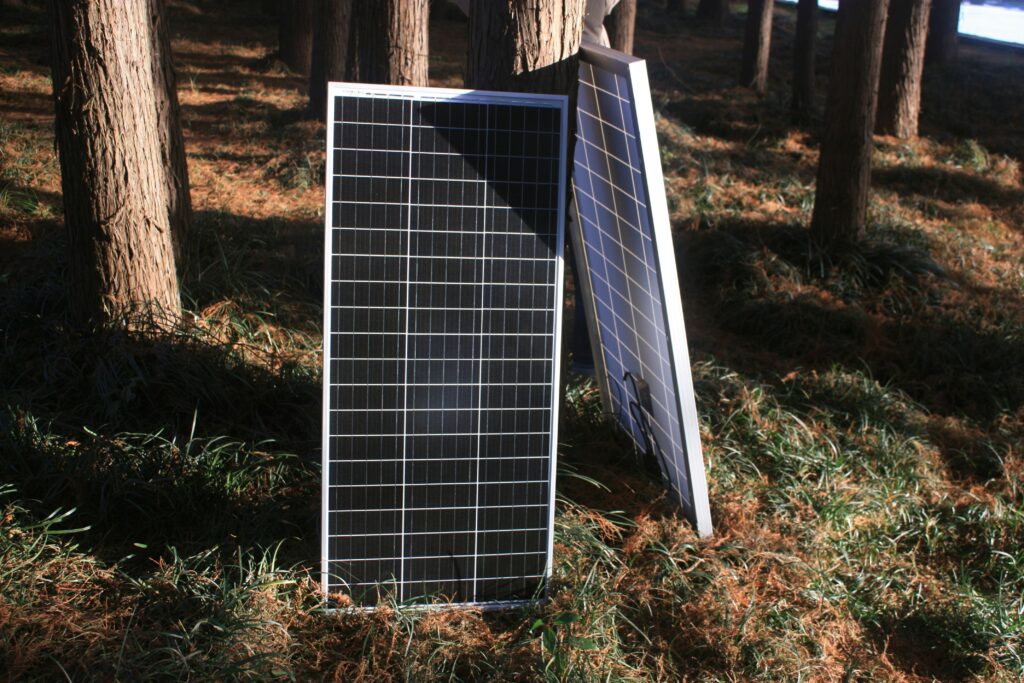
However, polycrystalline panels are still widely used in large-scale commercial or off-grid solar systems due to their lower cost.
Ideal Use Cases
Choose Monocrystalline Solar Panels if:
- You have limited roof space.
- You want the highest efficiency possible.
- Aesthetic appearance matters to you.
- You’re in an area with cloudy weather or extreme heat.
Choose Polycrystalline Solar Panels if:
- You have ample installation space.
- You want to minimize initial costs.
- You’re installing panels in non-residential or off-grid settings.
- You’re okay with a lower aesthetic value.
FAQs
1. Which solar panel lasts longer: monocrystalline or polycrystalline?
Both types can last 25–30 years with proper care. However, monocrystalline panels typically degrade slower and may retain efficiency longer.
2. Is monocrystalline worth the extra cost?
Yes, if you’re looking for higher efficiency, better performance in low light, and limited installation space. Over time, the higher upfront investment can yield better energy savings.
3. Can I mix monocrystalline and polycrystalline panels?
Technically yes, but it’s not recommended. Mixing panel types can lead to uneven performance and may complicate system design and inverter compatibility.
4. Which panel is better for hot climates?
Monocrystalline panels are slightly better suited for hot climates due to lower temperature coefficient values.
5. Are polycrystalline panels being phased out?
While their popularity is declining, polycrystalline panels are still widely used in specific scenarios, especially where budget constraints and space availability are not issues.
Conclusion: Which Is Better?
There’s no one-size-fits-all answer to the monocrystalline vs. polycrystalline solar panels debate. It all depends on your specific needs, budget, available space, and aesthetic preferences.
- Choose Monocrystalline if you prioritize efficiency, have limited space, and want long-term value.
- Choose Polycrystalline if you need a cost-effective solution and have ample space for installation.
As solar technology continues to evolve, monocrystalline panels are becoming the preferred choice for most residential and commercial applications. But both panel types remain viable, effective options for going solar in 2025 and beyond.
